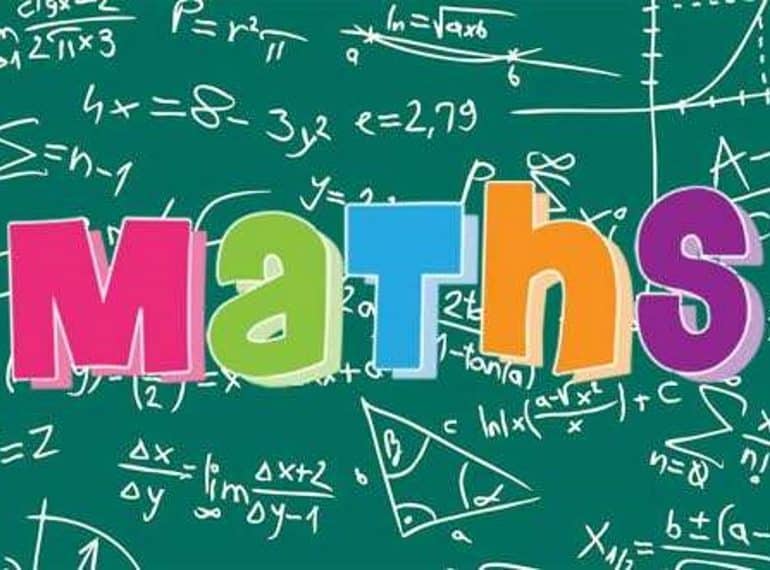
Three QE boys scored 135 out of 135 in the 2020 Junior Mathematical Challenge, as the School recorded an exceptional number of strong performances in the annual competition.
Hisham Khan, now of Year 8, and current Year 9 boys Jothusan Jeevakaran and Saim Kahn were among 117 QE pupils to be awarded gold certificates in the national challenge, which this year was held online only and entered by pupils from home.
All 384 boys in Year 7 and 8 were invited to take part earlier in the year, and 318 of them – 83% – won either a gold, silver or bronze certificate, even though such certificates are given nationally to only the top 40% of entrants, to whom gold, silver and bronze are awarded in the ratio 1:2:3.
Assistant Head of Mathematics Wendy Fung said: “It was another very good performance this year, showing the strength in depth of Mathematics in the lower years at the School. My congratulations go especially to Hisham, Jothusan and Saim for their outstanding achievement.
“Much of the success achieved by our youngest boys in the challenge stems from the excellent guidance and help given to Year 8 by the Years 10 and 11 mentors at our Élite Maths (Junior) group: we are very grateful to them for giving up their time and passing on their wisdom.”
To win gold certificates this year, entrants had to score more than 102 points; for silver, the threshold was 86, and for bronze, 70.
The annual event is run by the UK Mathematics Trust. The usual follow-on rounds for successful entrants – the Junior Olympiad and Junior Kangaroo – are not taking place this year.
Here are two sample questions from this year’s Junior Mathematical Challenge – answers and explanations below.
1. The mean of four positive integers is 5. The median of the four integers is 6. What is the mean of the largest and smallest of the integers?
A 3 B 4 C 5 D 6 E 8
2. A group of 42 children all play tennis or football, or both sports. The same number play tennis as play just football. Twice as many play both tennis and football as play just tennis. How many of the children play football?
A 7 B 14 C 21 D 28 E 35
Solutions & explanations
1. The mean of four positive integers is 5. Therefore. the sum of the four integers is 4 × 5 = 20. The median of the integers is the mean of the two middle integers. Since this median is 6, the sum of the two middle integers is 2 × 6 = 12. Hence the sum of the smallest and largest of the four integers is 20 − 12 = 8. Therefore, the mean of the largest and smallest of the integers is 8 ÷ 2 = 4.
2. Let the number of children who play only football be f, the number of children who play only tennis be t and the number of children who play both sports be b. Since there are 42 children, f + t + b = 42. Also, since the number of children who play tennis is equal to the number of children who play only football, t + b = f . Therefore f + f = 42. So f = 21 and t + b = 21. Finally, twice as many play both tennis and football as play just tennis. Therefore b = 2t. Substituting for b, gives t + 2t = 21. Hence t = 7. Therefore, the number of children who play football is 42 − t = 42 − 7 = 35.
